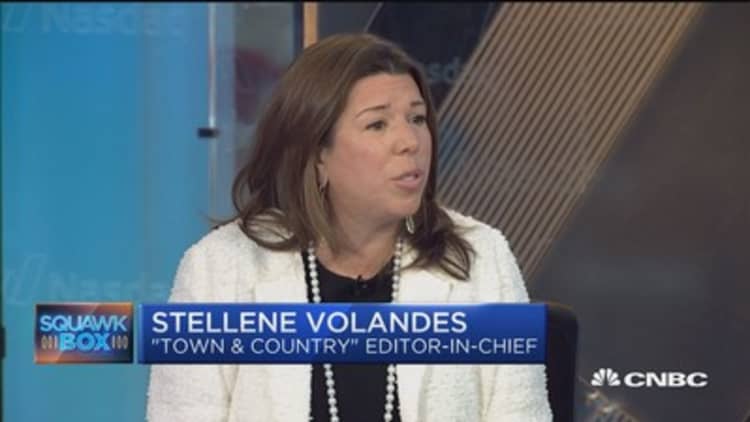Before you start de-cluttering your closet, get your camera ready. It could have a financial payoff.
People are more likely to donate clothing and household goods if they take a picture of the item first, according to new research in the Journal of Marketing. The study, which tracked a donation drive advertised to 797 Penn State students in six different university residences, found that participants who were encouraged to snap pictures donated 15 to 35 percent more.
"There are lots of things we hold on to, not because of the item usefulness or monetary value, but because the items have sentimental value," said study co-author Karen Page Winterich, an associate professor of marketing at Penn State.

(Case in point: Winterich came up with the idea for the study after finding it hard to part with an old pair of basketball shorts from her junior high days. She doesn't currently play. "Our team beat this rival team, and it was way back in 7th grade," she said. "I don't actually want that possession, the shorts. But they were a cue for that memory of winning the game.")
Taking a picture helps people preserve the memory but let go of the physical item, she said. It can also spur people to undertake a daunting task — like a Marie Kondo-level clearout of a junk closet or storage unit — when they might otherwise procrastinate.
"We think that a barrier to even wanting to begin the process is these sentimental items," said Winterich. "We start, we see a favorite item … and then we're like, 'I'll do this later.'
"If you're thinking you need to de-clutter, maybe the first step then should be going into the closet and laying out a bunch of items that are sentimental and taking pictures of them."
De-cluttering could yield a number of financial benefits, including a tax deduction for donated items or cash for selling them. You might be able to free up cash by clearing out a self-storage unit (the average monthly cost is $87.15, per SpareFoot) or trim the cost of moving.
If you go the donation route, taking pictures can also have added value in documenting your contribution, said Henry Grzes, a member of the American Institute for Certified Public Accountants' tax practice and ethics team.
There are lots of things we hold on to, not because of the item usefulness or monetary value, but because the items have sentimental value.Karen Page Winterichassociate professor of marketing, Penn State
The IRS requires different record-keeping based on the value of your donation, and those values are cumulative, Grzes said. Getting receipts for each round of donations, and keeping pictures and detailed descriptions of items donated can be useful if the IRS ever questions the contribution.
"The larger the donation, the more documentation you want to have in your records to support that," he said.
But don't let any sentimental feeling you have about an item follow through when it comes time to estimate a price tag for your donation, Grzes said. IRS guidelines specify that in most cases, your contribution is the fair-market value of that item at the time of donation, he said.
"Most people have a tendency to overvalue," he said.
The Salvation Army and Goodwill both offer valuation guides, and Turbo Tax also has a free tool for valuing donations.


